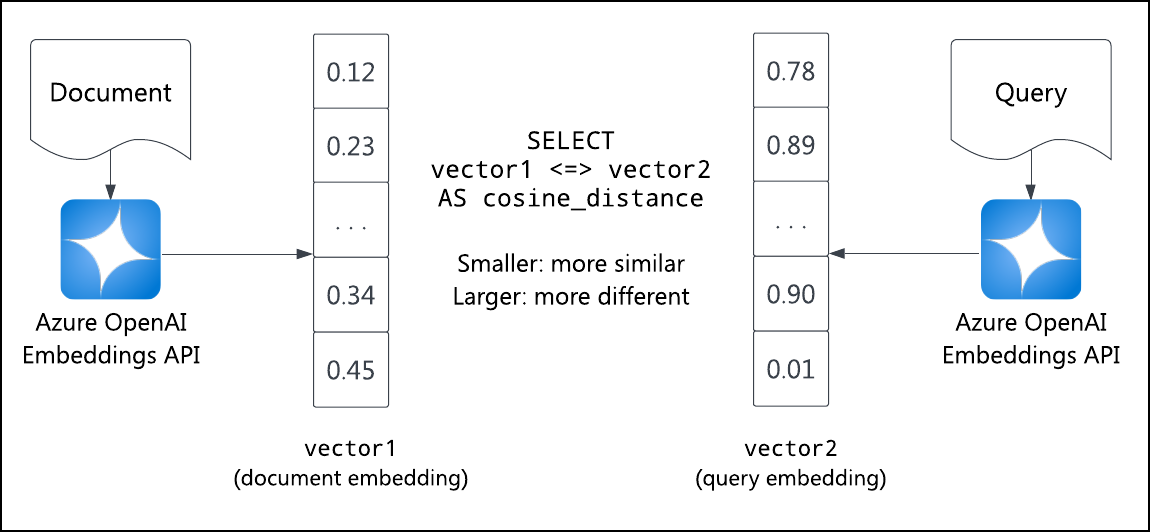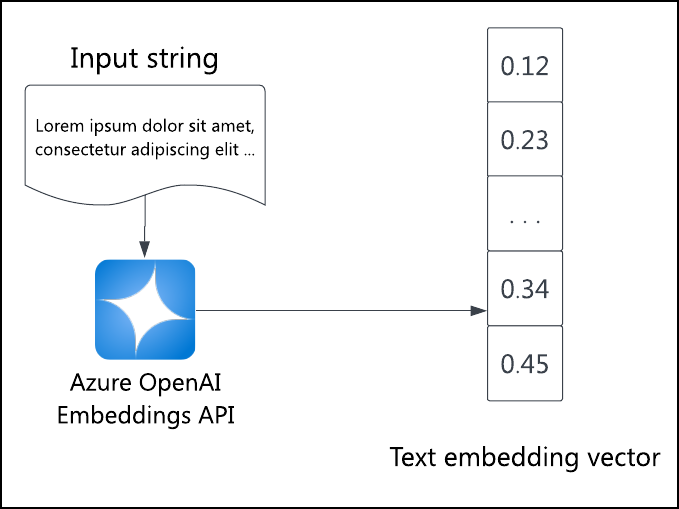Understand semantic search
Let's go over the fundamentals of semantic search:
- How it differs from standard lexical search.
- What is vector embedding?
- What do vector databases do?
What is semantic search?
Standard lexical search, or keyword search, queries documents by matching characters. For example, the query "light" matches the text "bright light" because the character light appears in the document.
Lexical search can be augmented with fuzzy matching; for example, the query "lights" could still match the text "bright light" or the misspelled lihgts due to being one character off (a missing s, or swapping the g and h). While fuzzy matching and other techniques like stemming are helpful, this technique must match synonyms or semantically similar language: different phrasing, slang, technical vocabulary, etc. To provide the most relevant search results with lexical search, authors need to embed keywords in metadata or the text itself (which can be an awkward user experience).
Enter semantic search. Semantic search doesn't use character similarity. Instead, it uses numeric representations of the concepts in words and phrases. These numeric representations are called embedding vectors or simply embeddings.
If two embeddings are numerically similar, then they're also semantically similar. This similarity is more general than testing keyword overlap because it's less sensitive to precise keyword selection or phrasing.
To perform a semantic search, first generate the query's embedding vector. Then, compare that vector against a database of vectors. The embeddings closest to the query embedding are the documents most semantically similar to the query.
Most relational database use cases don't involve storing n-dimensional vectors and computing the numeric distance between them. Efficient semantic search requires vector database functionality.

Embeddings
An embedding is a numerical representation of semantics. Embeddings are represented as n-dimensional vectors: arrays of n numbers. Each dimension represents some semantic quality as determined by the embedding model.

If two embedding vectors point in similar directions, they represent similar concepts, such as "bright" and "sunny." If they point away from each other, they represent opposite concepts, such as "sad" and "happy." The embedding model structure and training data determine what is considered similar and different.
Embeddings can be applied to text and any kind of data, such as images or audio. The critical part is transforming data into n-dimensional embedding vectors based on some model or function. The numerical similarity of embeddings proxies the semantic similarity of their corresponding data.
The numerical similarity of two n-dimensional vectors v1 and v2 is given by their dot product, written v1·v2. To compute the dot product, multiply each dimension's values pair-wise, then sum the result:
dot_product(v1, v2) = SUM(
v1[0] * v2[0],
v1[1] * v2[1],
...,
v1[n-1] * v2[n-1],
v1[n] * v2[n]
)
Because the embeddings are unit vectors (vectors of length one), the dot product is equal to the vectors' cosine similarity, a value between -1 (precisely opposite directions) and 1 (exactly the same direction). Vectors with a cosine similarity of zero are orthogonal: semantically unrelated.
You can visualize n-dimensional spaces by projecting them to 3-dimensional space using principal component analysis (PCA). PCA is a standard technique to reduce vector dimensions. The result is a simplified but visualizable projection of the n-dimensional space. Rendering your document embeddings this way will show that more similar documents are grouped in clusters while more different documents are further away.
Given these definitions, performing a semantic search of a query against a collection of document embeddings is straightforward mathematically:
- Generate the query embedding using a language model.
- Take the dot product of the query embedding against each document's precalculated embedding.
- Sort the dot products, numbers from -1 to 1.
- The most relevant (semantically similar) documents have the highest scores, and the least relevant (semantically different) documents have the lowest scores.
While simple mathematically, this isn't a simple or performant query in a relational database. To store and process this kind of vector similarity query, use a vector database.
Vector databases
A vector database optimizes the storage and calculation of many-dimensional vectors, such as embeddings. In particular, vector databases provide fast and accurate dot-product calculations to execute a vector similarity query.
Vector similarity searches have several use cases:
- find images similar to the embedding of the query image
- find documents semantically similar to the query text
- find products with similar features and ratings for a recommendation system
Semantic search queries the vector database for the similarity of the query embedding to each stored embedding. Applications can then fetch the data corresponding to the embeddings.
There are many native vector databases and database extensions to choose from. The following Azure services can help you meet your vector database needs: